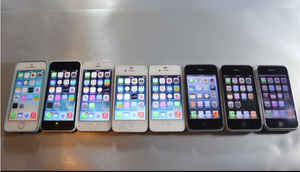
Apple is often credited with being responsible for bringing about the smartphone revolution. While that is debatable, no one can deny that the company has a big hand in the revolution. Interestingly, from the very first iPhone, launched in 2007, Apple has gone from being a leader of innovation to somewhat of a follower. The company finally launched its newest devices yesterday and for perhaps the first time, Apple is catching up to Android. Here's a look at the evolution of iPhones.
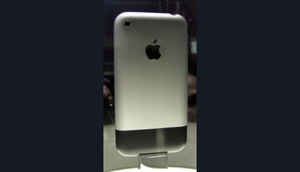
The original
The first generation of the iPhone had a 480p HVGA display and was available in 4 GB, 8 GB and 16 GB variants. It had a 620 MHz processor made by Samsung and 128 MB of RAM. The specifications made it one of the most powerful devices of its time and a real innovation in mobile phones.
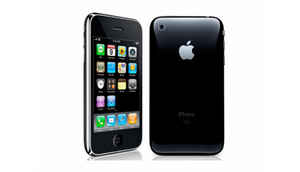
The next generation of the iPhone was quite similar internally to the original. But this one supported 3G data connections, which was another huge advancement. Also, this was the first time Apple went with plastic polycarbonate (used on the back of the iPhone 3G), in place of the aluminium used in the original.
Both the original and the 3G has 2 MP fixed-focus cameras on the back without autofocus, flash or zoom. Video recording was no possible either.
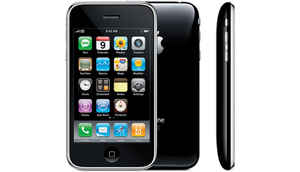
iPhone 3GS
In 2009 came the 'speedier' version of the iPhone 3G. Yes, that's what the S stood for- 'Speed'. The 3GS introduced features like video recording, voice control and a digital compass. The screen also had oleophobic coating, providing protection against fingerprint smudges etc. The device also had 256 MB RAM, double of what its predecessors did, and a 3 MP camera on the back.
Apple continued producing this device till 2012, when the iPhone 5 was introduced.
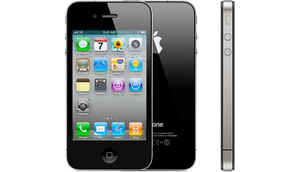
This was the first iPhone to have a front camera. It had a 5 MP rear camera and a VGA front camera. This was the smartphone that introduced Apple's Facetime feature. The late Steve Jobs had touted this as the thinnest smartphone in the world at the time. It also had a stainless steel frame, which acted as an antenna. Unfortunately, the phone faced a lot of troubles with this antenna, as users reported problems with reception when the phone was held in the hand. In fact, Motorola has recently taken this technology and perfected it for the new Moto X (2nd Gen).
The iPhone 4 was also the device that introduced Apple's high-resolution Retina display, something that has now become synonymous with the company. Also, something that even non-Apple users recognise as a technological marvel.
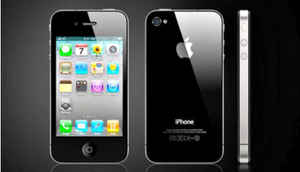
Perhaps the most remembered aspect of the 5th version of the iPhone was that Apple founder and CEO Steve Jobs passed away the day after it was announced. Still, the iPhone 4S introduced a lot of features that are now best selling aspects of Apple iPhones. The iCloud, iMessage, Notification Center were all introduced in the 4S. Morever, Twitter integration came to the iPhone for the first time. Also, Apple had an 8 MP camera on this one, with 1080p video recording. The 8 MP camera has been advanced and perfected since then.
Apple though added a whole new aspect to 'smart'phones, adding the intelligent personal assisstant Siri. The company has been long surpassed by Google Now since then, but it was Apple who introduced it.
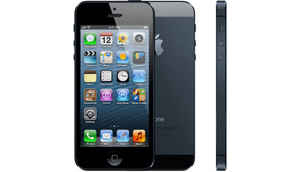
The iPhone 5 perhaps had the shortest lifetime of all the iPhones. The devices was launched in 2012 and discontinued in 2013, with the launch of its successor. The device sold over 5 million units in the first three days and recieved 2 million pre-orders within 24 hours of being put up for the same. It was the sixth version of the iPhone and ran on the company's 1.3 GHz dual-core A6 SoC along with iOS 6.0. It has since been updated to iOS 7.1.2.

In 2013, there were a lot of rumours about Apple launching a budget iPhone to expand its user base. In fact, this was the first time Apple announce two versions of the iPhone on the same day. The iPhone 5C was a slightly revamped version of the iPhone 5, which had a plastic body. It turned out though that Apple had no intention of making it a budget smartphone, pricing it at only a little lower than the 5S that was launched alongside it.
It ended up not getting much public notice and didn't sell like other models of the iPhone. It was especially overshadowed by the massive sales that the 5S saw.
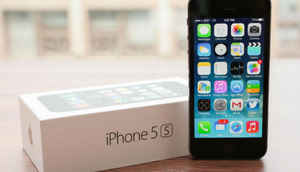
This is the smartphone that introduced Apple Touch ID Sensor, which is now the cornerstone of the company's Apple Pay mobile payments service. The 5S also introduced Apple's 64-bit A7 SoC, which was a dual-core chipset that could easily give the Snapdragon 800 from Qualcomm (used in Android flagships at the time) a run for its money. It quickly became Apple's best selling smartphone of all time, getting huge sales even in India. Over 150 million units of the iPhone 5S have been sold till date.
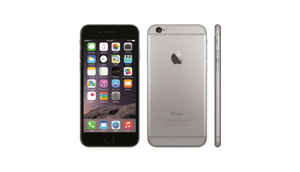
iPhone 6
Launched yesterday, the iPhone 6 in a way brings Apple full circle and also sees the company move from the driver's seat. The rounded body of the iPhone 6 is reminiscent of the original iPhone and the 4.7 inch screen is the biggest ever for an iPhone. But both the devices launched yesterday leave a sneaky sensation that Apple is now having to catch up with Android, instead of innovating like it used to.
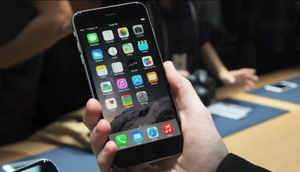
iPhone 6 Plus
After the launch of the iPhone 5S, there was a lot of talk about Apple sticking to smaller screen sizes. The company seems to have succumbed to that, putting 4.7 inch screen on the iPhone 6 and entering the phablet segment with the 5.5 inch iPhone 6 Plus. This is also the first time that two iPhones with different screen sizes have been announced together.